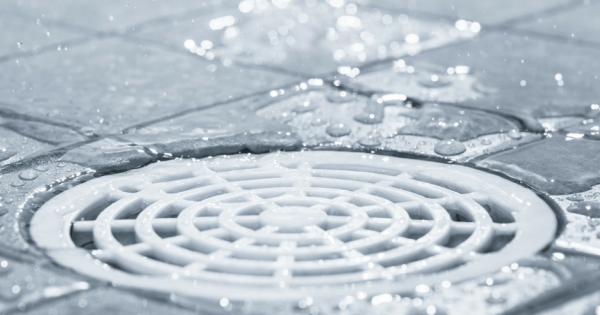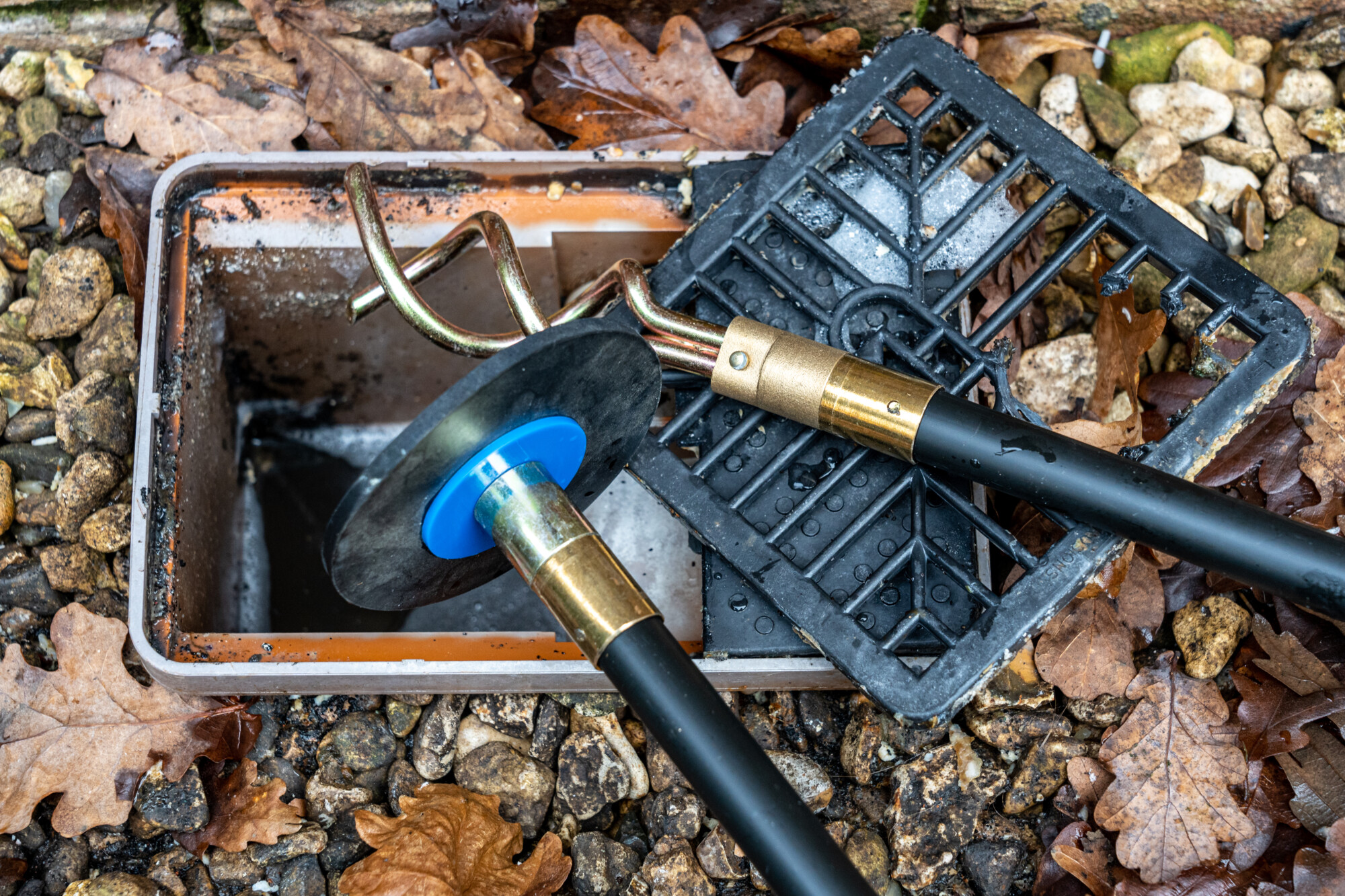We've stumbled on this post involving 8 Tips For Clearing A Blocked Drain below on the net and accepted it made good sense to talk about it with you over here.

Introduction
Dealing with an obstructed drainpipe can be an aggravating experience, interfering with daily tasks and potentially creating damages to your residential or commercial property. Nonetheless, before reaching out to pipes experts, there are steps you can require to resolve the issue yourself. In this overview, we'll discover DIY remedies and safety nets to tackle an obstructed drainpipe successfully.
Identifying the Problem
The primary step in addressing an obstructed drainpipe is acknowledging the signs. Slow water drainage, gurgling noises, foul odors emanating from drains, or water support up prevail signs of an obstructed drain. Determining these indications early can assist prevent better complications.
Common Root Causes Of Blocked Drainpipes
Comprehending the variables that add to drain pipes clogs is essential for effective resolution. Usual culprits include hair, soap scum, oil, food particles, and international objects like hygienic products or paper towels. Tree roots invading underground pipes can likewise cause significant clogs.
DIY Solutions
For small blockages, several DIY options can be effective. Pouring boiling water down the drainpipe can assist liquify oil and particles. Sodium bicarbonate and vinegar or a combination of salt and cooking soda can function as all-natural cleaners. Making use of a bettor or pipes serpent to displace blockages is an additional option.
Devices and Equipment
Having the right devices available can make do it yourself drainpipe cleaning up extra efficient. A plunger is a versatile tool for clearing blockages in sinks, commodes, and showers. A pipes snake or auger can get to deeper blockages, while drain cleansing chemicals can be used cautiously for persistent obstructions.
Safety nets
To avoid future blockages, adopting safety nets is vital. Install drainpipe guards or strainers to catch hair and particles before they enter the pipes. Regularly flush drains with warm water to liquify oil build-up, and prevent throwing away oil or strong waste down the tubes.
When to Call an Expert
While do it yourself solutions can solve small blockages, certain signs indicate the need for specialist assistance. Consistent clogs, foul odors in spite of cleansing initiatives, or numerous drains backing up at the same time are warnings that warrant professional intervention.
Choosing the Right Pipes Solution
When selecting a plumbing solution, consider variables such as experience, licensing, and customer reviews. Select a respectable plumbing professional with a track record of high quality handiwork and clear rates methods.
Expense Factors to consider
The expense of professional drain cleaning services can differ depending upon the extent of the obstruction and the plumbing's rates. Request quotes from multiple service providers and ask about any type of surcharges to ensure transparency and avoid surprises.
Safety Precautions
When trying DIY drainpipe cleansing, prioritize safety and security. Wear safety handwear covers and eyewear to avoid contact with damaging chemicals or bacteria. Never blend different drain cleaning products, as this can produce unsafe fumes.
Instance Studies
Real-life examples illustrate the performance of DIY solutions and the significance of prompt expert intervention in resolving drainpipe clogs.
Conclusion
By following the suggestions described in this overview, you can successfully deal with blocked drains pipes and avoid future plumbing concerns. Whether opting for DIY solutions or looking for professional aid, prompt activity is essential to preserving a healthy pipes system and preserving the honesty of your home.
How to Clear a Clogged Drain Yourself (And When to Call In the Professionals)
What Can Clog a Drain
- Dirt
- Skin flakes
- Hair
- Grease
- Soap scum
- Food
- Offset pipes
- Tree roots
- Small objects
- Mineral buildup
DIY Tricks to Unclog a Drain
You can fix this! Once you have identified the source of the clog (or have a vague idea), you can try one or a combination of these fixes in order to clear your plumbing.
Wire Hanger or Snake
Untangle and clear out hair from a drainpipe with a homemade snake. Use a straightened-out wire hanger with a 90-degree angle hook to locate the clog and drag out any unwanted material.
Remember not to push the clog further down to where the wire hanger cannot reach! If you need to follow up with a plunger, give it a try. Your efforts might be more successful after it’s been wire-snaked.
If you want to get fancy and don’t have a wire hanger to spare, head to the store and pick up a hand-operated drain snake. You can get one for $10-$30. It may save you the hassle, and provide additional length to reach deep into the clogged pipe.
Plunger
A cup plunger has a suction cup attached to a wooden handle. The rubber creates a seal around the drain, and increases the pressure force of the plunger.
Plunge for 30-second increments to loosen the clog. This may need to be repeated over the course of 15-20 minutes. Once plunged, run the water to flush the remaining material out of the drain.
Remember– never use a plunger if you have used a chemical drain cleaner. These chemicals can splash up from the force of the plunger and cause serious injury or burns.
Boiling Water
Hot water can sometimes break up materials into a flushable amount. Dirt, grease, and soap buildup requires heat in order to unstick from surfaces.
Take your kitchen kettle and heat your water to a boil. Once it reaches a rolling boil, pour it directly down the drain into the blockage. Carefully follow with plunging, if necessary.
Don’t worry if this takes more than one try! It can often take multiple kettles and repeated plunging in order to clear a particularly stubborn clog.
Chemical Drain Cleaner
As a last resort, pick up a bottle of chemical drain cleaner. Drain-cleaning chemicals are potent, and not very good for the environment.
You may need to wear protective eyewear in gloves before handling your bottle of chemical drain cleaner. Follow the instructions printed on the bottle, and flush with water as soon as the instructions allow. Do not follow with plunging.
Baking Soda and Vinegar
As a safer alternative to chemical drain cleaner, baking soda and vinegar can create a chemical reaction that clears tough clogs.
Combine one cup of cleaning vinegar with one cup of boiling water, and set aside. Once you have done this, pour half a cup of baking soda down the drain. Give the baking thirty seconds to settle and cover a large portion of the problem drain.
Following the baking soda, pour down your vinegar and hot water solution. Once the vinegar and baking soda combine, the mixture will bubble and fix. Let this reaction fizzle in the drain for about an hour.
After an hour, follow with a kettle’s worth of hot water. The heat and liquid should flush out any remaining material.
When to Call a Plumber
If your DIY attempts haven’t cleared your clog drain, it’s time to call in a professional. It’s not worth losing access to your kitchen sink or high-traffic bathroom. A clog in a vital area can keep you from the things you’d rather be doing, and derail your routine.
Anytime a clog is causing water to spread is a time to call in a plumbing service. What starts out as a little bit of water can quickly grow into serious, expensive water damage.
Additionally, a serious clog can result in burst pipes or serious leaks. Make sure you know when to take it seriously!
https://myguysnow.com/how-to-clear-a-clogged-drain-yourself-and-when-to-call-in-the-professionals/

I discovered that content about Tips for Dealing with Clogged Drains and Sewer Lines while doing a search on the search engines. Do you know about another person who is truly interested in the niche? Feel free to share it. We thank you for your readership.
Additional Resources
Comments on “Approaches for Unclogging a Blocked Drain Before Reaching out to Expert Plumbers”